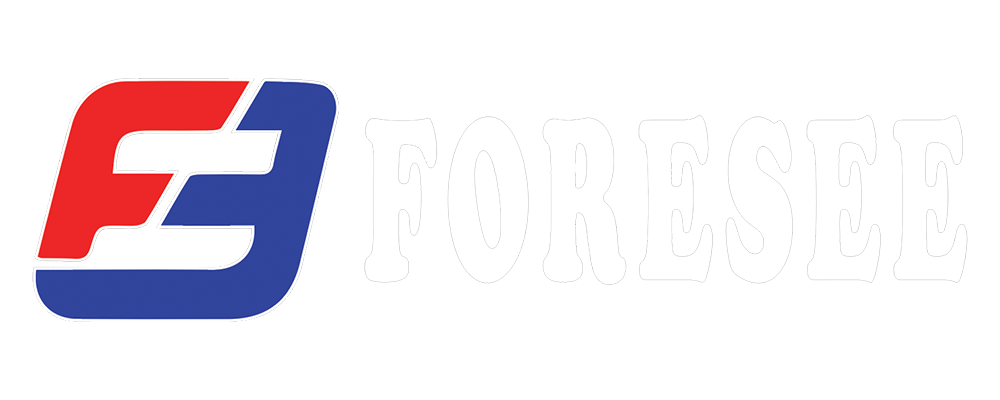Shielding gases play a critical role in welding, affecting the weld quality, penetration, bead appearance, and overall mechanical properties of the weld. Here are the common shielding gases used in welding and their specific applications:
-
Argon (Ar):
- Uses: Primarily used for non-ferrous metals such as aluminum and copper, and for TIG (Gas Tungsten Arc Welding) and MIG (Gas Metal Arc Welding) processes.
- Benefits: Provides a smooth, stable arc and clean welds with minimal spatter.
-
Helium (He):
- Uses: Often mixed with argon for welding thicker materials and non-ferrous metals.
- Benefits: Increases arc temperature, resulting in deeper penetration and a more fluid weld pool, which is beneficial for thicker sections and high-speed welding.
-
Carbon Dioxide (CO₂):
- Uses: Commonly used in MIG welding for ferrous metals.
- Benefits: Provides deep penetration and is cost-effective, but can produce more spatter compared to inert gases.
-
Argon-CO₂ Mixtures:
- Uses: Widely used in MIG welding for a balance of penetration and bead appearance, suitable for welding steel and stainless steel.
- Benefits: Combines the advantages of both gases, providing good penetration with reduced spatter. Common mixtures include 75% argon/25% CO₂.
-
Oxygen (O₂):
- Uses: Added in small amounts (usually up to 5%) to argon or argon-CO₂ mixtures for welding steel and stainless steel.
- Benefits: Improves arc stability and penetration, helping to achieve a more fluid weld pool.
-
Hydrogen (H₂):
- Uses: Sometimes added to argon for welding stainless steel and nickel alloys.
- Benefits: Enhances weld penetration and speed, but must be used carefully to avoid hydrogen embrittlement.
-
Nitrogen (N₂):
- Uses: Occasionally used for welding certain stainless steels and nickel alloys.
- Benefits: Can help stabilize the arc and improve penetration, but is less common due to potential nitrogen absorption in the weld metal.
Choosing the Right Shielding Gas
Selecting the appropriate shielding gas depends on various factors, including the welding process, the type of material being welded, the thickness of the material, and the desired characteristics of the final weld. Here are some general guidelines:
- For Aluminum and Non-Ferrous Metals: Argon or argon-helium mixtures.
- For Carbon Steel: Carbon dioxide or argon-CO₂ mixtures.
- For Stainless Steel: Argon-CO₂ mixtures, sometimes with small additions of oxygen or nitrogen.
- For Thick Sections: Helium or helium mixtures to increase heat input and penetration.
The choice of shielding gas can greatly impact the efficiency, quality, and cost of the welding operation, making it essential to select the right gas for each specific application.

Recent post